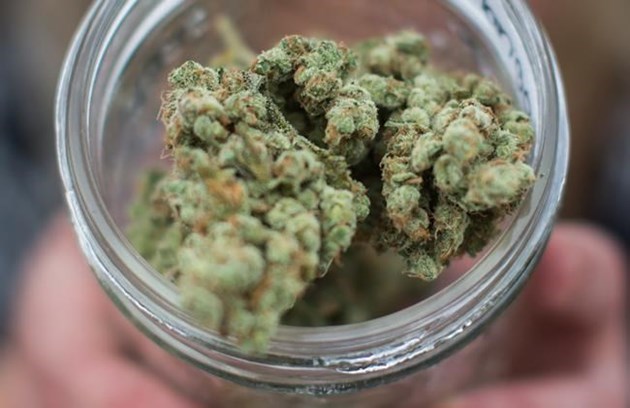Since legalization last October, Greater Sudbury Police have charged residents for having marijuana in their vehicle accessible to the driver, members of the Greater Sudbury police services board heard last week.
Police chief Paul Pedersen told board members Jan. 17 that the rules governing having cannabis in your vehicle are similar to laws that make it illegal to drive with open liquor within reach of the driver.
Pedersen said the rules on where pot is stored in vehicles aims to restrict the ability of the driver to consume the drug while behind the wheel.
As far as driving while stoned, he said some charges have been laid, but no one has yet been convicted of driving under the influence of marijuana since the drug became legal.
Drivers suspected of being high are given standard field sobriety tests. And there are six officers on the force who have been trained or are being trained on how to detect a driver who is high, known as DRE (drug recognition expert) training.
But training more DRE officers will take time – it's a three-week course, with two being spent in southern Ontario and one in the U.S. where officers actually have to test out their detection skills.
An American company is still conducting field tests (https://www.sudbury.com/police/company-says-it-has-developed-roadside-test-to-detect-if-driver-is-high-1007890) on its roadside device it says can detect whether the driver has consumed marijuana within the last two hours, considered to be the peak time of impairment.
Similar to the breathalyzer used to detect drunk drivers, the Hound Labs device has users blow into the device for 30 seconds. Indicator bars show whether the device detects THC in the breath sample. THC is the compound in marijuana that gets users high.
But a 2017 report (https://www.nhtsa.gov/sites/nhtsa.dot.gov/files/documents/812440-marijuana-impaired-driving-report-to-congress.pdf) prepared by the U.S. Department of Transportation for Congress highlighted the difficulty of establishing impairment by cannabis.
Since pot has been illegal for some time, fewer studies have been conducted to evaluate its effects, the report said. However, while alcohol takes about 20 minutes to be absorbed, and stays in the bloodstream for hours, THC levels in marijuana users peak after 30 minutes, and plunge again 30 minutes later.
Unlike blood alcohol content — a good indicator of impairment — the report says THC levels drop within 60 minutes, but impairment peaks 90 minutes after the marijuana was consumed.
“While fewer studies have examined the relationship between THC blood levels and degree of impairment, in those studies that have been conducted, the consistent finding is that the level of THC in the blood and the degree of impairment do not appear to be closely related,” the report said.



